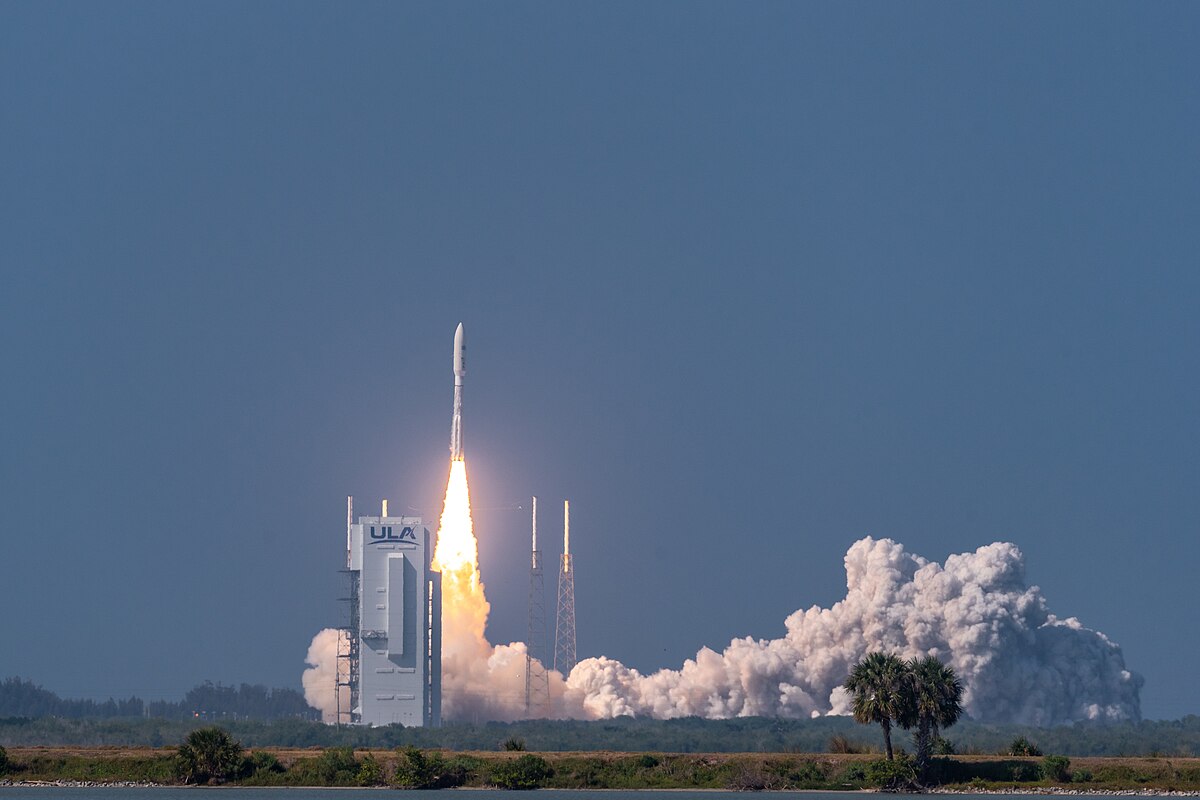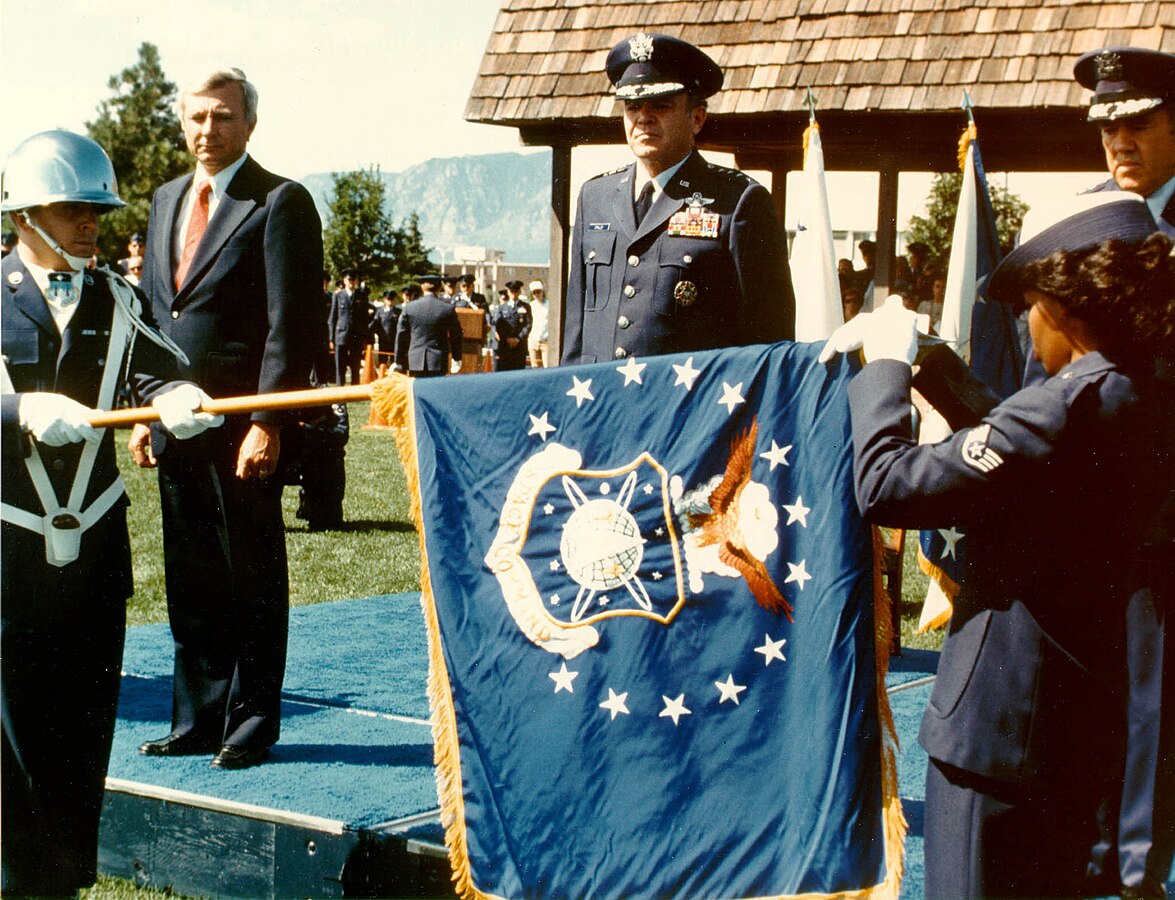
In a move that could reshape military operations and personnel management, the U.S. Space Force inches closer to enabling classified remote work for its guardians.

A recently demonstrated prototype, known as the Enigma Project, developed by GDIT, received an $18 million agreement from the Space Systems Command to create a digital environment that facilitates access to both classified and unclassified information from a single device.

As the lines between work and home environments continue to blur in the post-pandemic era, this capability promises flexibility but comes with stringent security protocols.

The technology underpinning Enigma is not new and has been sanctioned by the National Security Agency. However, the implications for operational efficiency are significant.

Users will not be entirely free to operate from anywhere, with restrictions ensuring they are in a secure, closed space without the presence of mobile phones or other potential security risks. “You can’t just pop your laptop up at Starbucks,” points out Travis Dawson, GDIT’s defense chief technology officer, highlighting the balance between operational security and the utility of remote work.

Enigma aligns with the Department of the Air Force’s updated telework and remote work policy, which reflects the lessons learned from the pandemic and aims to bridge the force structure of today with the needs of tomorrow.
The policy recognizes the potential for increased job satisfaction and retention by offering greater work flexibility. “This new guidance from the Department of the Air Force provides options for leaders to adopt more telework and remote work solutions,” stated Patricia Mulcahy, chief human capital officer, U.S. Space Force.
Additionally, this prototype could alleviate the limitations of existing infrastructure, which can sometimes lack reliability.
By not being solely dependent on defense circuits, users can maintain operational capabilities even when traditional networks falter.
The Enigma project may also extend to accommodate higher classification levels and incorporate more commercial cloud providers, enhancing the ecosystem for secure remote operations.
The drive towards classified remote work is a part of a broader trend in the military to integrate more technology into daily operations.

For example, the Navy has begun embedding information warfare chiefs in recruiting commands to attract tech-savvy talent, while the Air Force has added two electronic warfare squadrons to focus on software capabilities and the defense against spoofed signals.

Moreover, the Pentagon is exploring a self-service build-a-cloud program, dubbed Olympus, intended for defense agencies’ commercial cloud needs.

In parallel, the Space Force is crafting a strategy for hybrid military-commercial-allied mission architectures. This strategy outlines the types of technologies and capabilities the Space Force is interested in acquiring, from position, navigation, and timing (PNT) satellites to space situational awareness systems, without specifying the financial commitment.

As the Space Force and the broader Department of Defense continue to adopt and integrate technological advancements like AI and satellite communication networks, the path ahead includes tackling challenges such as data security, user satisfaction with new systems, and ensuring the technology procured meets the evolving needs of the military.

The 100-day Army initiative to identify barriers to AI adoption, like poisoned datasets and adversarial attacks, reflects this ongoing commitment to technological integration and overcoming associated hurdles.

The evolution towards a technologically enabled and flexible military workforce, underscored by projects like Enigma, represents a significant shift in military operations.

It acknowledges the dual need for enhancing operational capabilities and accommodating the personal and professional circumstances of service members, potentially leading to a more agile, satisfied, and technologically proficient force in the years ahead.


Relevant articles:
– Space Force inches closer to classified remote work, Defense One
– DAF RELEASES UPDATE ON TELEWORK AND REMOTE WORK GUIDANCE, Space Force (.mil)
– U.S. Space Force, The Heritage Foundation
– Defense Systems, Defense One

